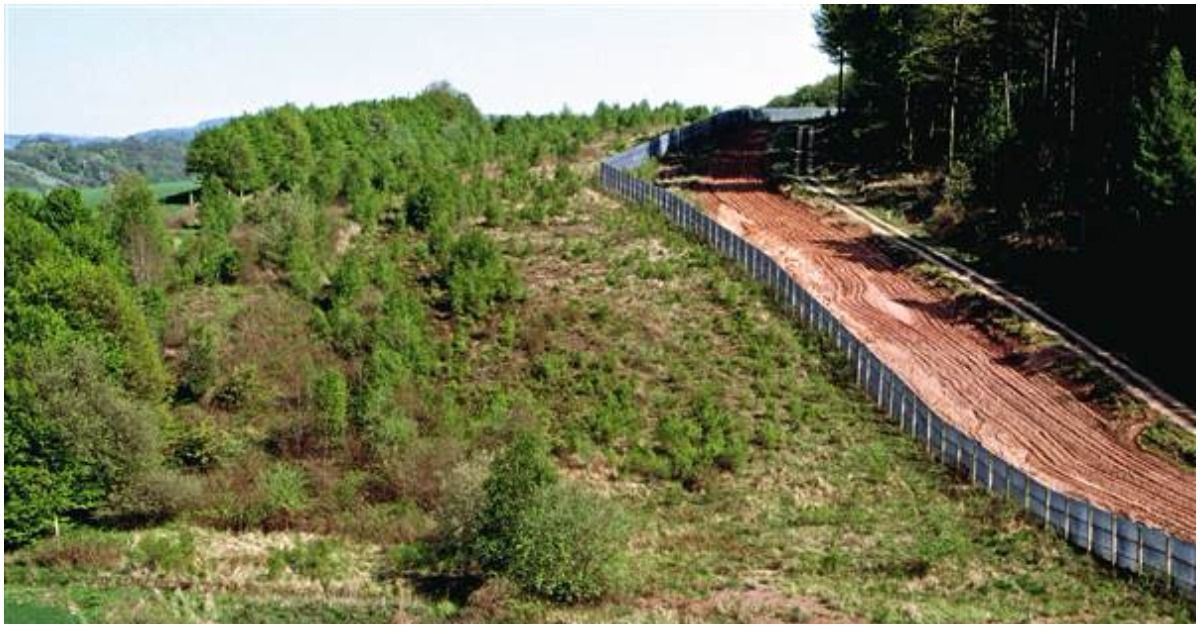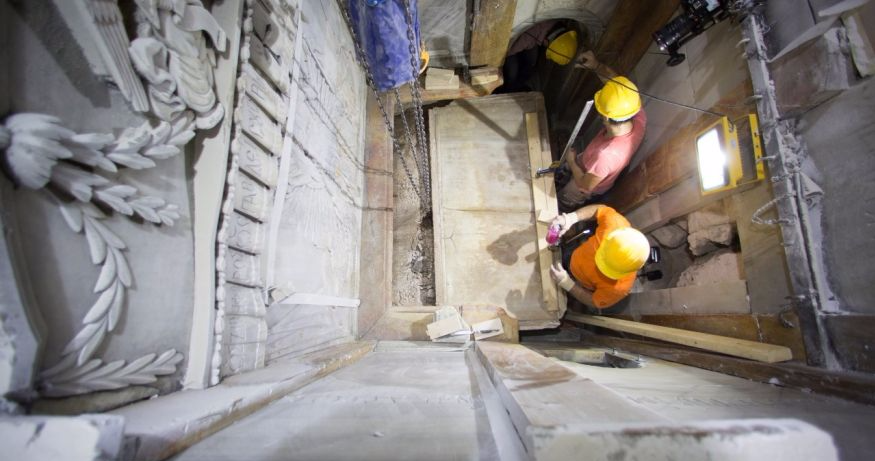With the guns still barely silent after the end of the Second World War, Germany, and especially Berlin, quickly found itself split in half by countries who had just recently been Allies in the fight against fascism.
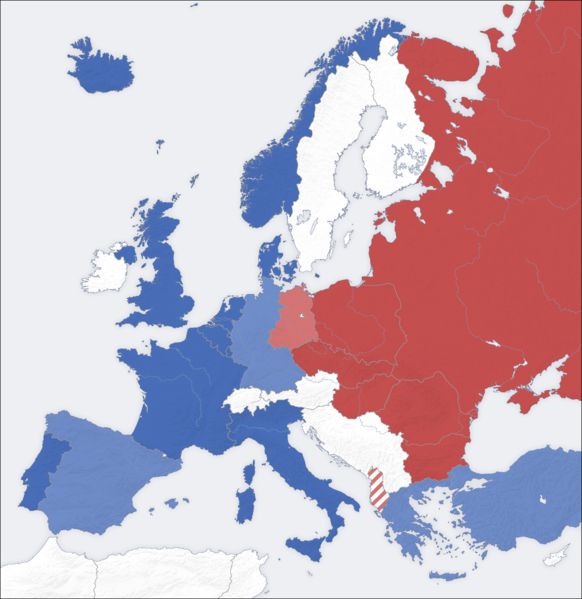
As the USSR did its best to spread communism to the West, forces from America, Britain and France responded by blockading the western half of Germany against the Soviet forces, effectively splitting the country into two separate ones: West Germany, and East Germany.
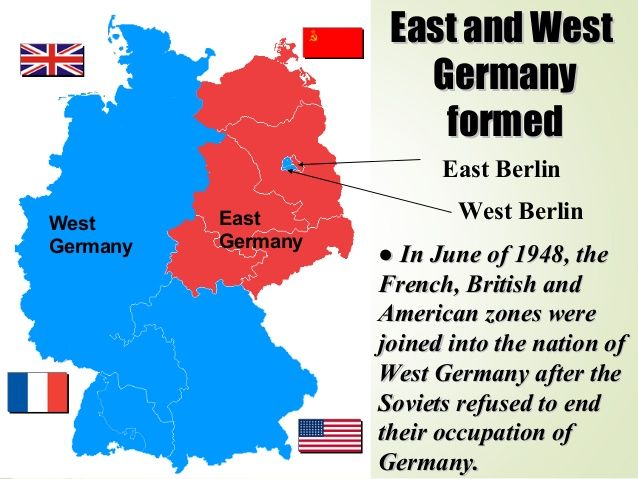
It was the dawn of the Cold War, a war fought with espionage, deception, and above all else, the lingering threat of nuclear retaliation to any perceived threat. It was a conflict that lasted for nearly half a century, ultimately coming to an end with the dissolution of the Soviet Union in 1989. Both sides felt a significant impact because of it, but above all else, Germany felt the tension the most.
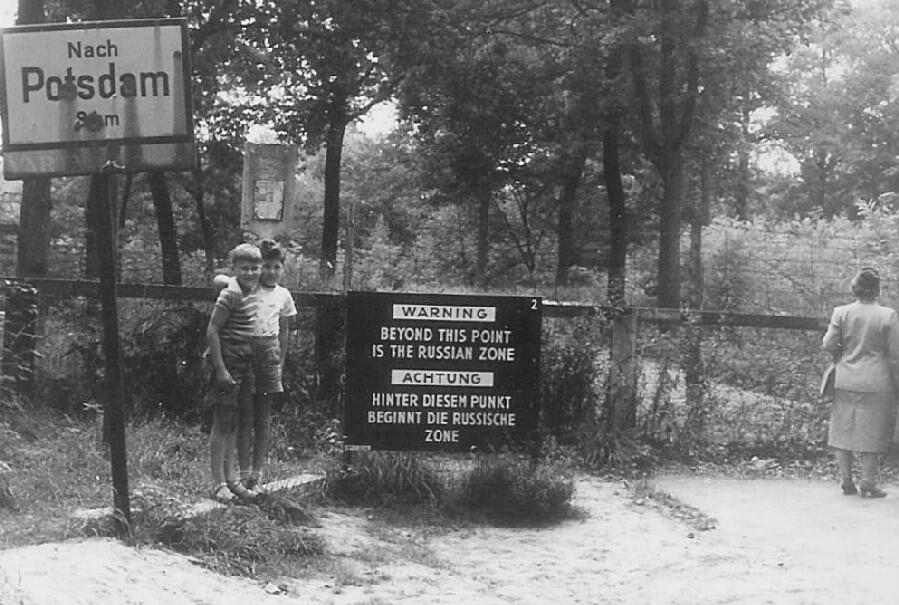
The division of Germany into two separate entities separated families, lovers, and friends from each other, and there were many who attempted to flee the East in the face of the brutal Soviet regime. Some were able to escape thanks to bribery, coercion, and a little bit of luck, but others weren't so fortunate, and many lost their lives in the attempt.
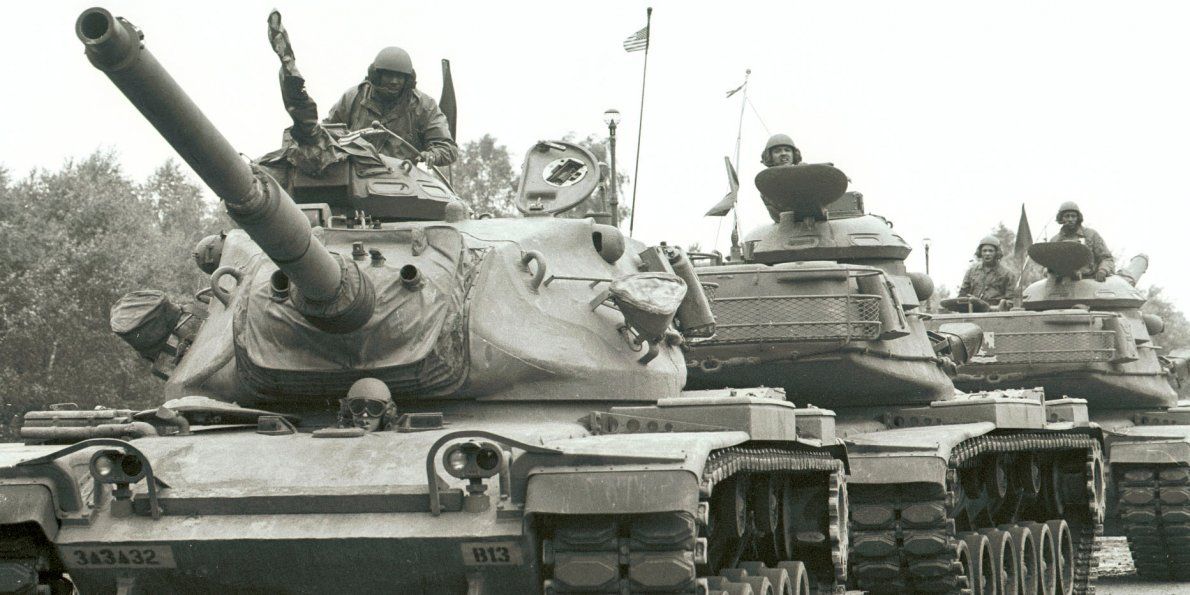
Nowhere is more reflective of this than the formerly guarded "Death Zone" that ran for an incredible 870 mile length between the countries, but today, the area serves an entirely different, and much friendlier purpose...
The "Green Belt" as it's referred to now ran for 870-miles and was 650-feet wide, and at its peak was positively covered in guard towers, barbed-wire fences, landmines, and anti-vehicle ditches. These weren't put there to keep people out; they were there to keep their citizens from fleeing.
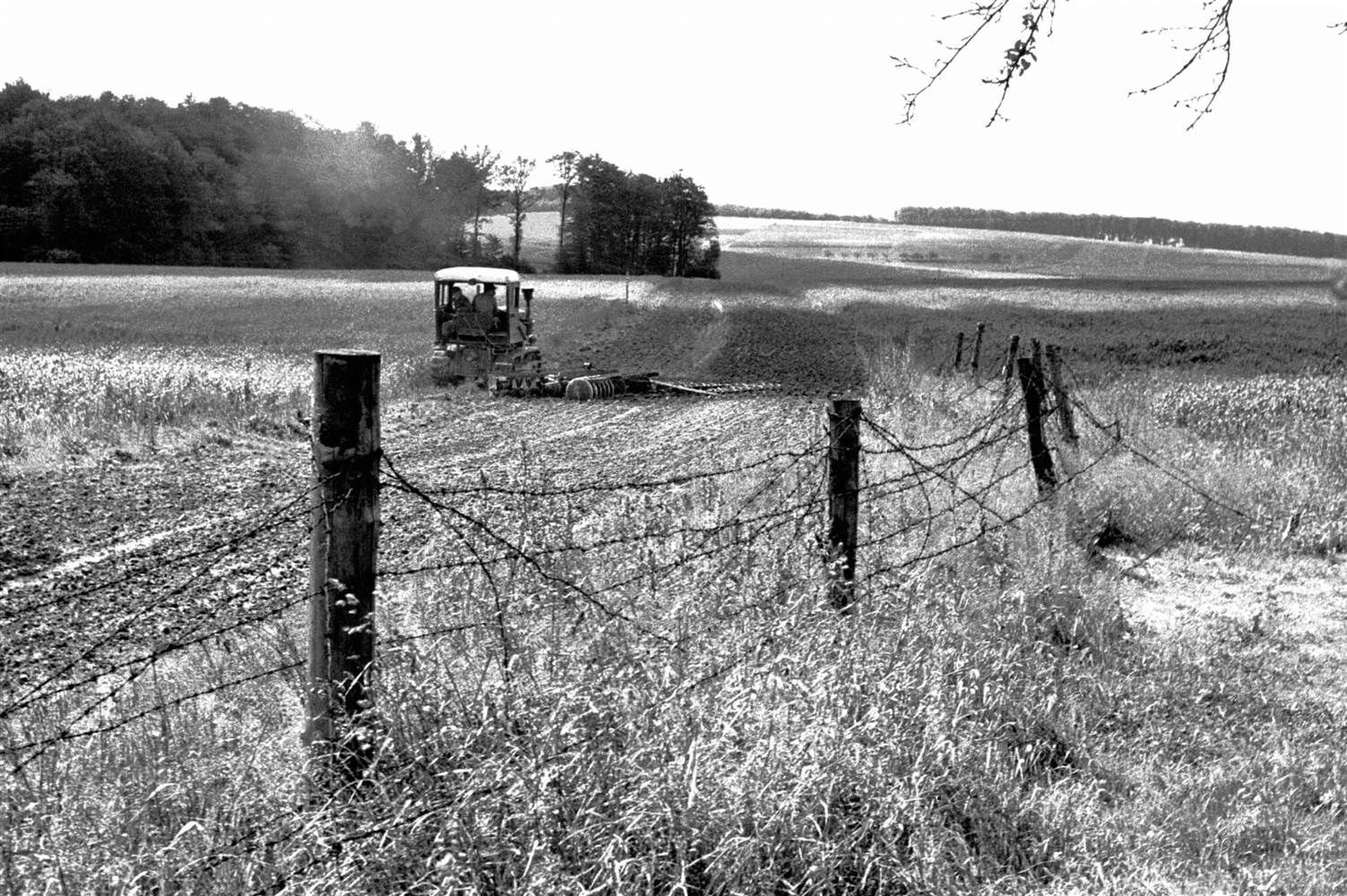
Today though, the area has remained largely untouched by any further human interference, and the results are pretty incredible. Nature has reclaimed much of the former "death zone" and turned it not only into a lush, green wilderness, but also a hotbed for biodiversity.
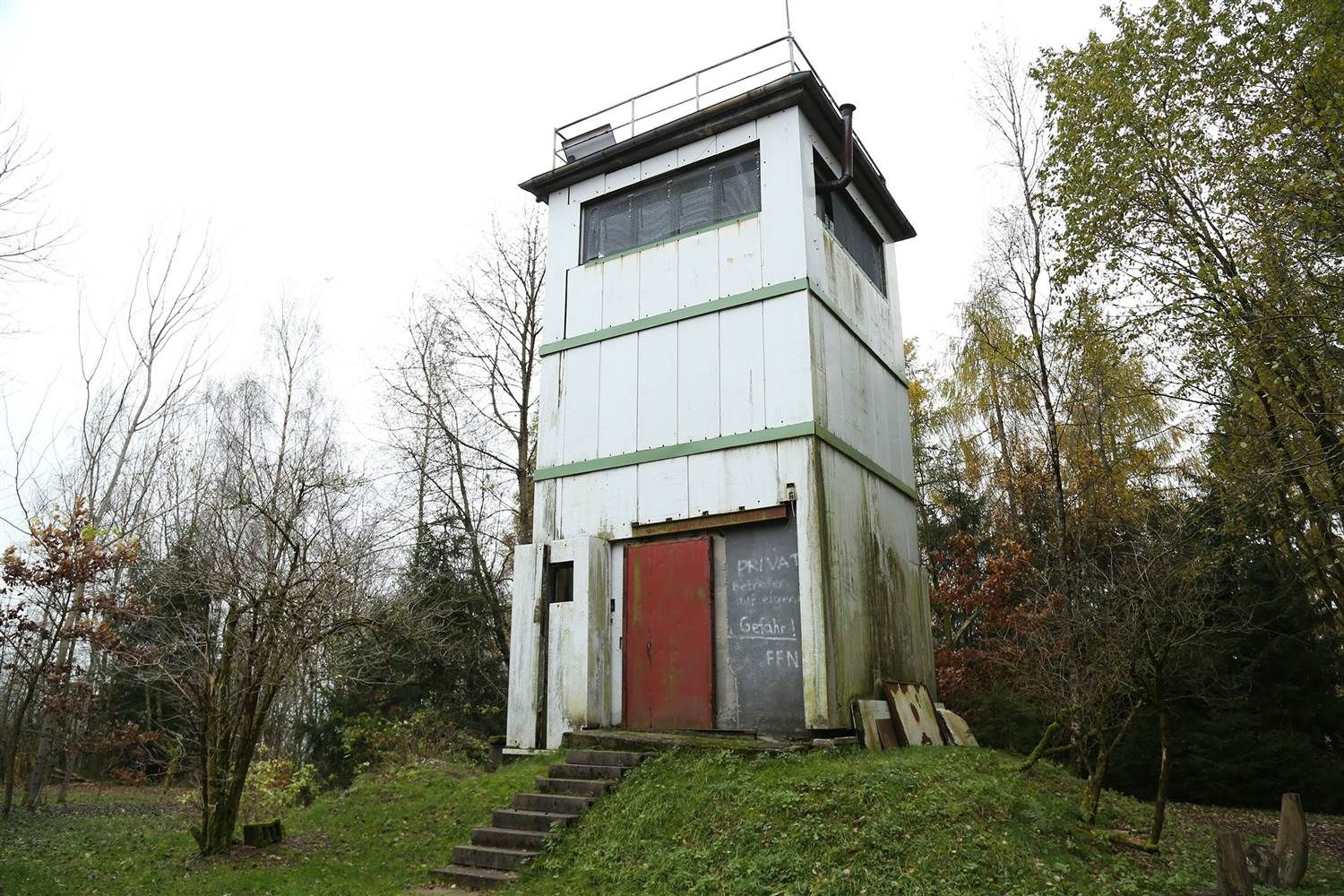
While a few reminders of the area's past still remain (mostly crumbling old guard towers and some overgrown concrete patrol tracks), it has been converted into a haven for more than 1,200 endangered species, which have begun to thrive again thanks to the area.
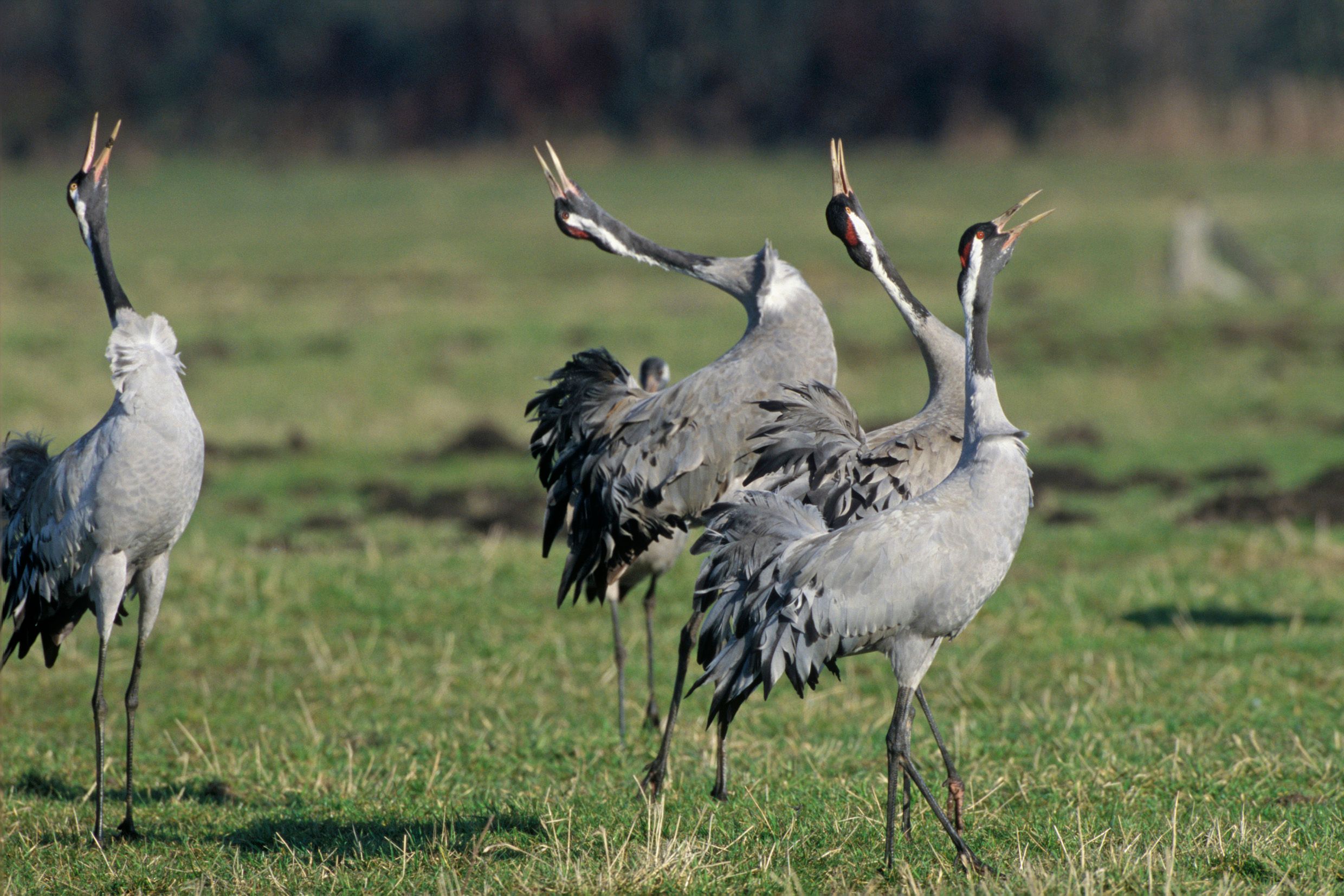
Species from lynxes and cranes, to bison and even sea creatures like mussels are flourishing in the demilitarized zone, turning what was once a killing ground into a conservation area on an unparalleled scale.
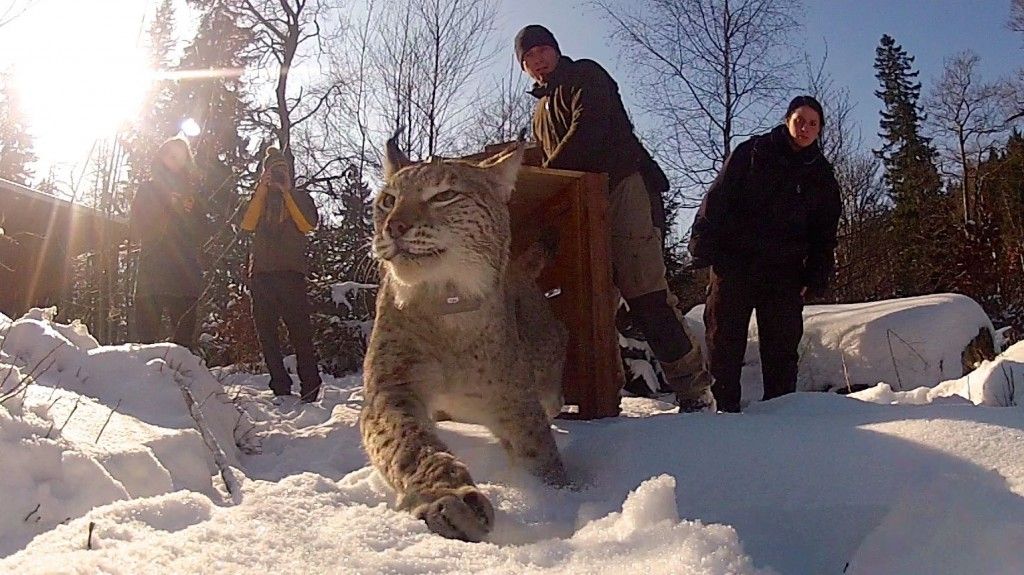
What do you think of this amazing wildlife project?
